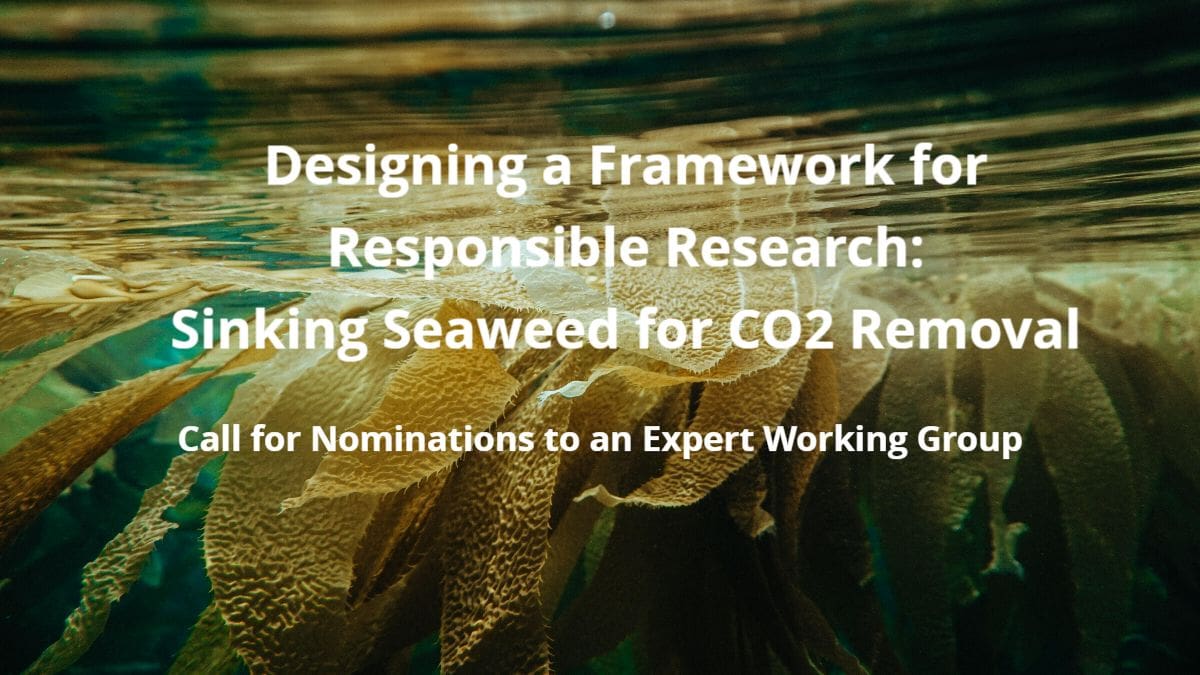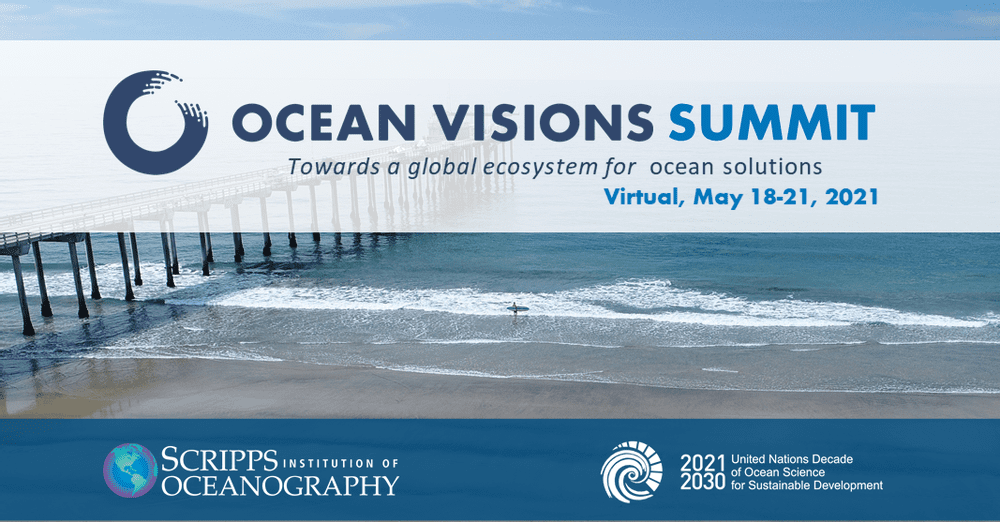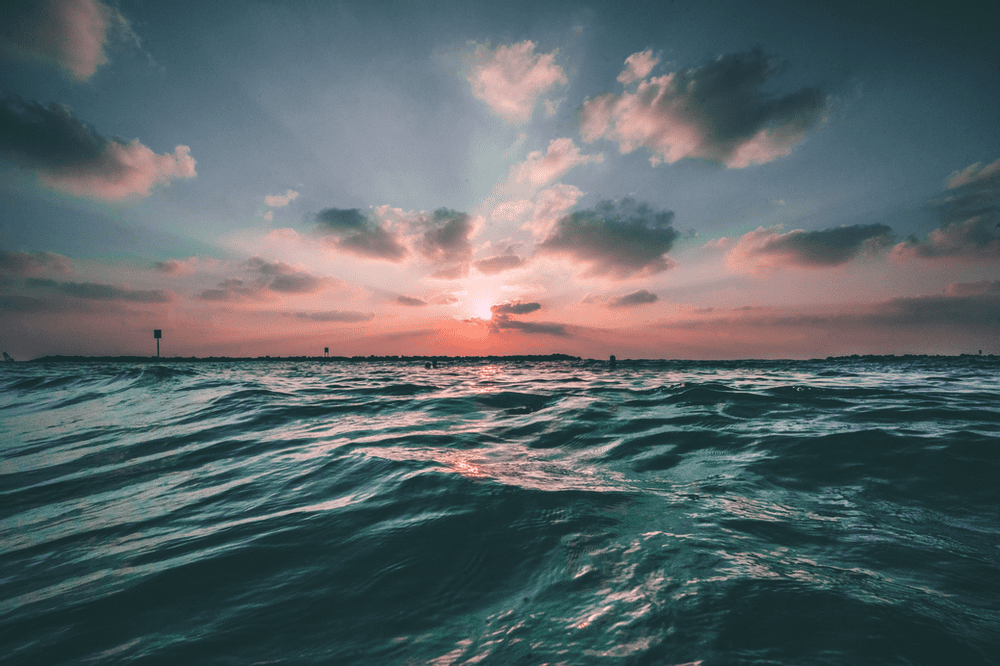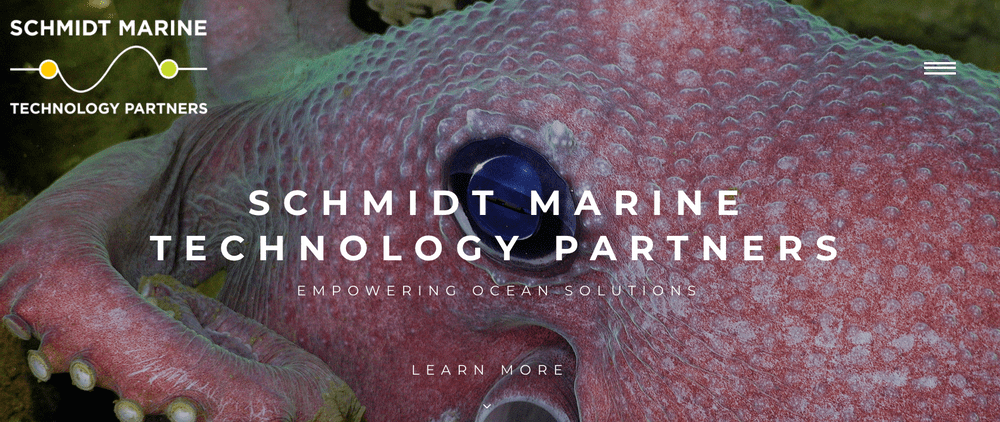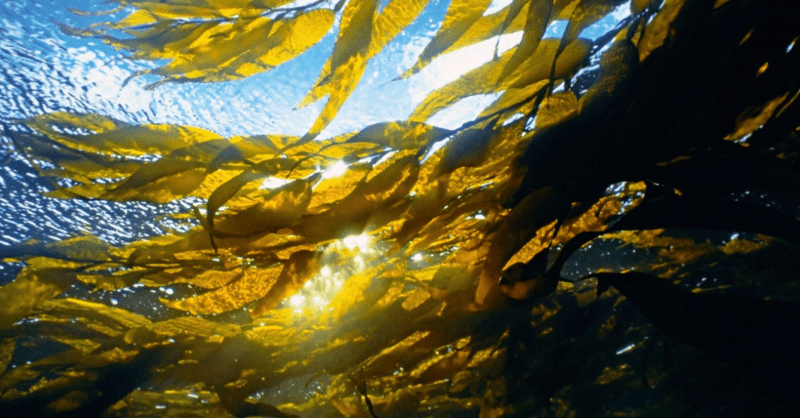Digital product designed for ongoing global engagement

Ocean Visions today released five “living” road maps designed to coalesce effort and energy around the continued development of ocean-based approaches to draw down and safely store carbon dioxide – the greenhouse gas most responsible for two existential threats facing the ocean: ocean warming and ocean acidification. The road maps provide overviews of potential ocean-based carbon dioxide removal (CDR) technologies, critical obstacles they face, and first-order priorities to accelerate their development and field testing.
These digital road maps highlight the highest priorities for action and are intended to catalyze global engagement on research and development of ocean-based CDR approaches. As digital products, they can be updated and refined regularly as advances emerge in science, technology, governance, and policy.
“These road maps are the culmination of an international effort to assess the current state of ocean-based CDR and what is needed to accelerate the development and testing of promising approaches,” says Brad Ack, Ocean Visions Executive Director and Chief Innovation Officer. “They will help advance our collective ability to answer that question, and do so in an evidence-based, precautionary approach.”
The road maps become available as the Intergovernmental Panel on Climate Change (IPCC) last month published its landmark report on the state of the earth’s climate, which affirms that humans have caused unprecedented and irreversible change to the climate.
Carbon dioxide removal is increasingly acknowledged as an imperative for slowing climate change, in lockstep with emissions reductions. To date, however, most of the development around CDR approaches and technologies has been focused on terrestrial solutions, such as afforestation, or technological solutions, such as direct air capture.
“Removing legacy carbon pollution from our air and water is essential to a healthy ocean, and to interrupting dangerous warming and acidification. The ocean represents an enormous opportunity to sequester carbon, but ocean-based carbon dioxide removal approaches are poorly understood and underinvested,” says Emanuele Di Lorenzo, Professor and Founding Director of the Program in Ocean Science and Engineering at the Georgia Institute of Technology. “These road maps are a great tool to help overcome those obstacles.”
During 2020, Ocean Visions convened experts from multiple disciplines, sectors, and geographies to build the road maps. Numerous workshops helped to identify technology readiness, scaling potential, uncertainties, obstacles, opportunities, and first-order priorities. The effort focused on three ocean-based CDR domains:
- Macroalgal cultivation and carbon sequestration: Marine macroalgae (e.g. Sargassum and kelp) have a tremendous potential for carbon sequestration capacity. Long-term storage could be achieved by transforming the biomass into long-lived products (fiber, biochar, plastics, etc.), using it as a source of renewable fuel, and/or sinking the biomass residues into the deep ocean.
- Ocean Alkalinity Enhancement: Natural rock weathering, producing alkaline carbon molecules that wash into the ocean, is the primary way by which Earth naturally removes and stores excess CO2over geological timescales. Ocean alkalinity enhancement technologies speed up this natural process to store carbon dioxide in the ocean and, at the same time, reduce ocean acidity.
- Electrochemical removal of carbon dioxidefrom seawater: Sometimes called “direct ocean capture” to draw comparisons with direct air capture, this approach encompasses both electrodialytic and electrolytic techniques that capture and remove dissolved inorganic carbon from seawater and/or produce a CO2-reactive chemical base that can be distributed in the surface ocean to consume atmospheric CO2 and convert it to long-lived, dissolved, bicarbonate in the ocean.
All three domains are still in the early stages of research, development, and demonstration. Modeling and lab-scale experimentation are underway. In-depth environmental impact studies are needed before controlled field trails can begin.
In addition to these three first-order priorities, road maps were developed for two cross-cutting issues of importance: building and maintaining public support and expanding finance and investment.
“Successful adoption of any new technology or innovation seldom relies on its function, engineering, or design alone,” says Ack. “Public awareness and acceptance and additional investments are also needed; these may be some of the most critical hurdles facing technologies associated with ocean-based CDR.”
The full suite of road maps is now fully available to contributors. Ocean Visions is actively soliciting community input to provide up-to-date information that will keep the road map knowledge base cutting-edge.
Support for this suite of digital road maps comes from ClimateWorks and Schmidt Marine Technology Partners.

